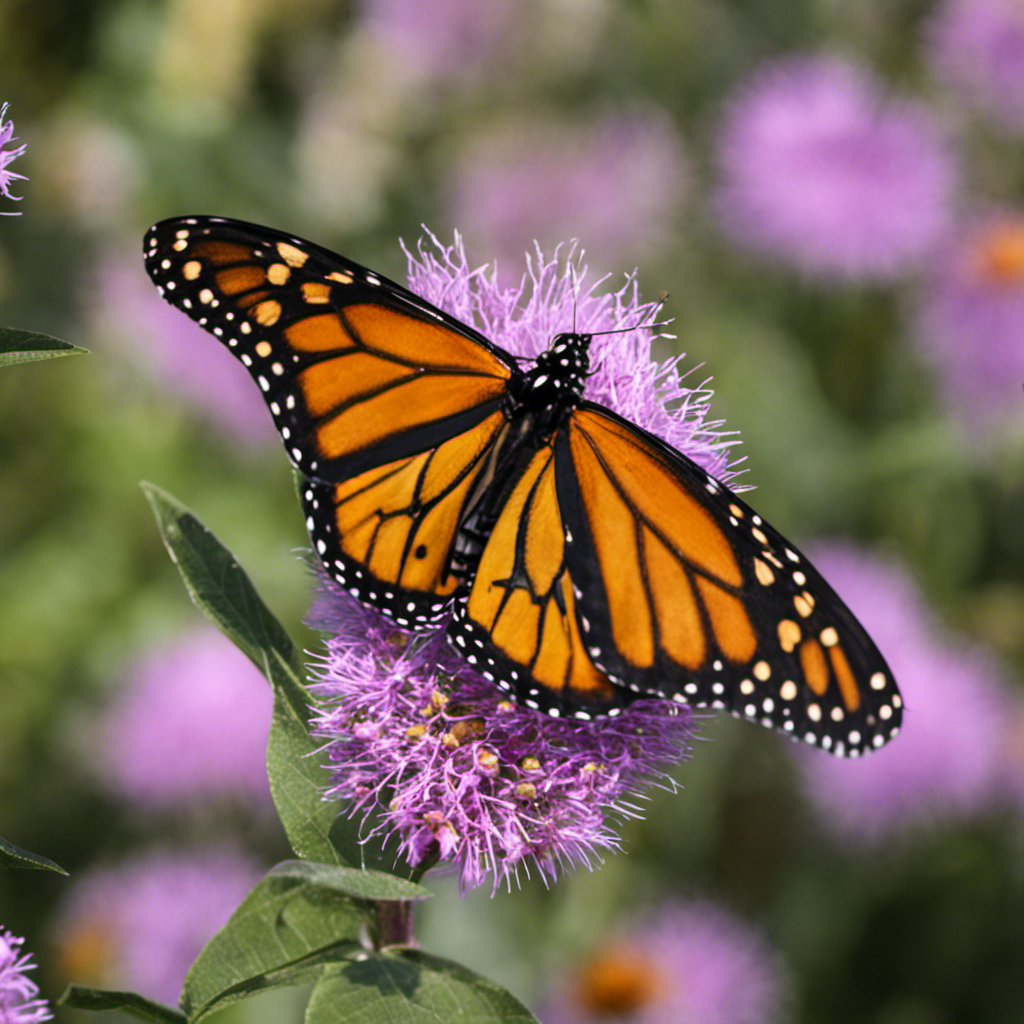
Despite evidence that monarch butterflies are seeing dramatic losses in overwintering sites in North America, the summer population has been stable for the past 25 years.
“It’s one of the most widespread and abundant butterflies in North America right now,” says Andy Davis at the University of Georgia.
Around September, the insects (Danaus plexippus) leave breeding grounds in the US and Canada and head south to central Mexico and southern California. A survey of their wintering grounds last year found that the eastern population of onarchs have suffered losses of around 70 percent since the mid-1990s, while those in the west have lost 95 percent of individuals.
The butterflies’ struggle has been attributed to the loss of milkweed in North America – the sole food for monarch caterpillars – and deforestation of wintering habitat.
To discern trends, Davis and his team used more than 135,000 monarch counts done during the summers from 1993 to 2018. The analysis revealed that monarch butterfly numbers are remarkably stable. Across North America, the number increased by an average of 1.36 percent every summer.
The study authors suspect the butterflies’ offspring are making up for winter losses. A female can lay hundreds of eggs each spring, which can enable a dramatic population boom within a single season.
They found small declines in areas where more of the herbicide glyphosate, which kills milkweed, was used.
